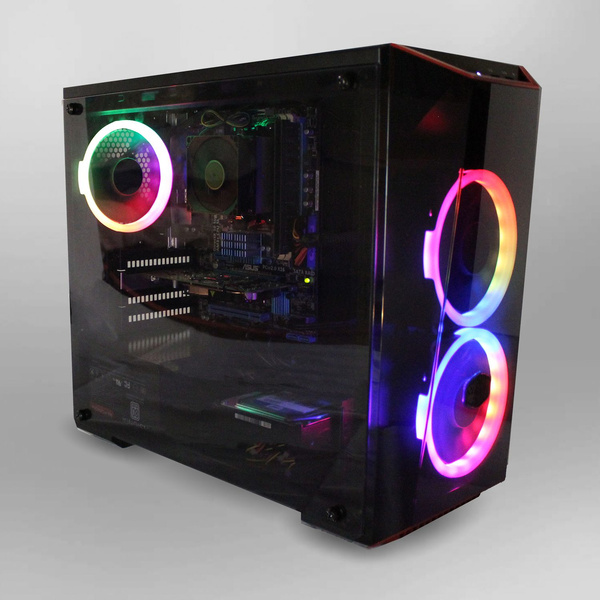
The gate in flip is influenced by the allocation of attentional sources between the processing of time and nontemporal stimuli. If an individual assigns extra consideration to the passage of time, the gate opens and extra pulses from the pacemaker accumulate in the counter, leading to longer duration judgments.
Grand Theft Auto San Andreas (Pc)
Using a manufacturing task, nonetheless, a topic with decreased subjective time move will produce larger time intervals than the usual. As with the strategy of manufacturing, a decreased subjective time circulate through the copy of a normal time interval will trigger an overreproduction. An elevated subjective time flow will cause the opposite results, meaning an overestimation or under(re)production of the usual, relying on the utilized method.
What To Look For In A Gaming Mouse
Contrary, if an event demands extra consideration and assets shift from time processing to the extra salient task, the gate closes and fewer pulses accumulate, causing a shortening of the subjective length of a time interval. Inaccurate time judgments can be attributed to deviations of subjective time circulate (i.e. the psychological time) from the target time. A decreased subjective time flow is often skilled as the sensation that point flies, while an elevated subjective time flow is usually experienced as a dragging of time. The outcome of such time distortions in time notion studies relies upon heavily on the utilized methodology. In a verbal estimation task, a decreased subjective time circulate will result in an underestimation of the usual time.
In the tactic of replica, the experimenter demonstrates a regular (e.g. by sound) that the subject subsequently tries to reproduce. In time perception studies with a prospective paradigm, the participant is forewarned in regards to the upcoming task of temporal judgment.
In addition to those research paradigms, there are three different strategies for executing the judgment. In the method of verbal estimation, topics are asked to verbally estimate the duration of a time interval (the usual) that they have skilled. The second method is known as production, during which the experimenter instructs the subject to try the exact manufacturing of a given time interval (e.g. by a stop watch).
